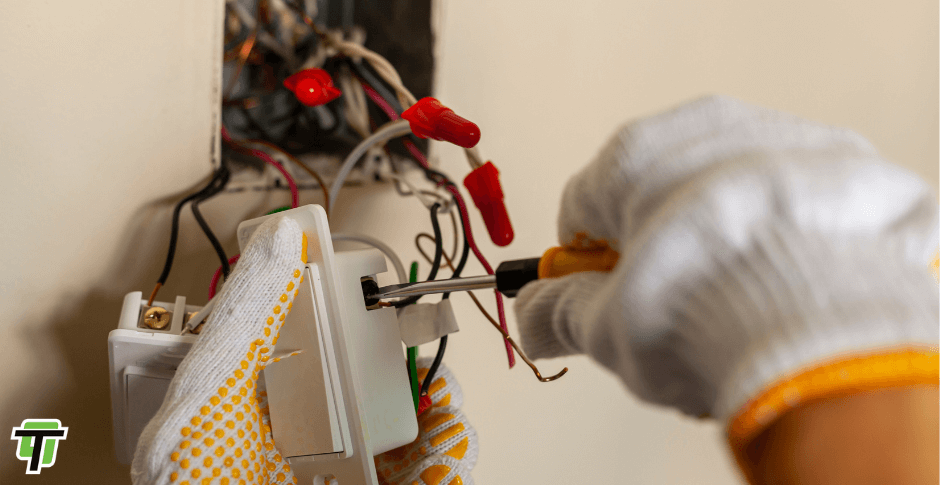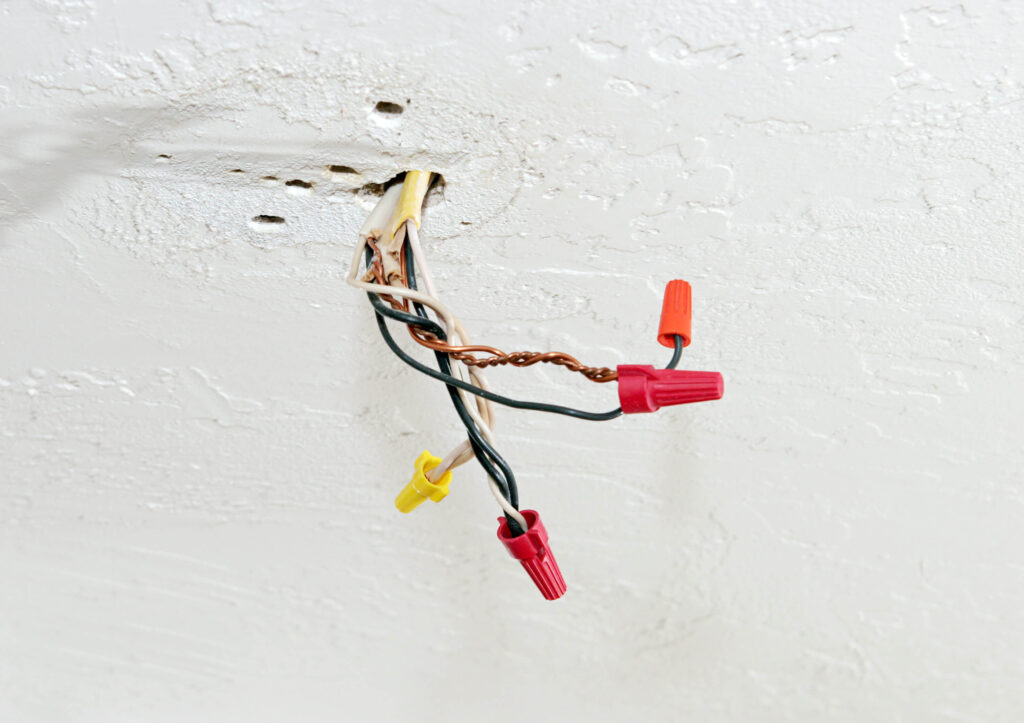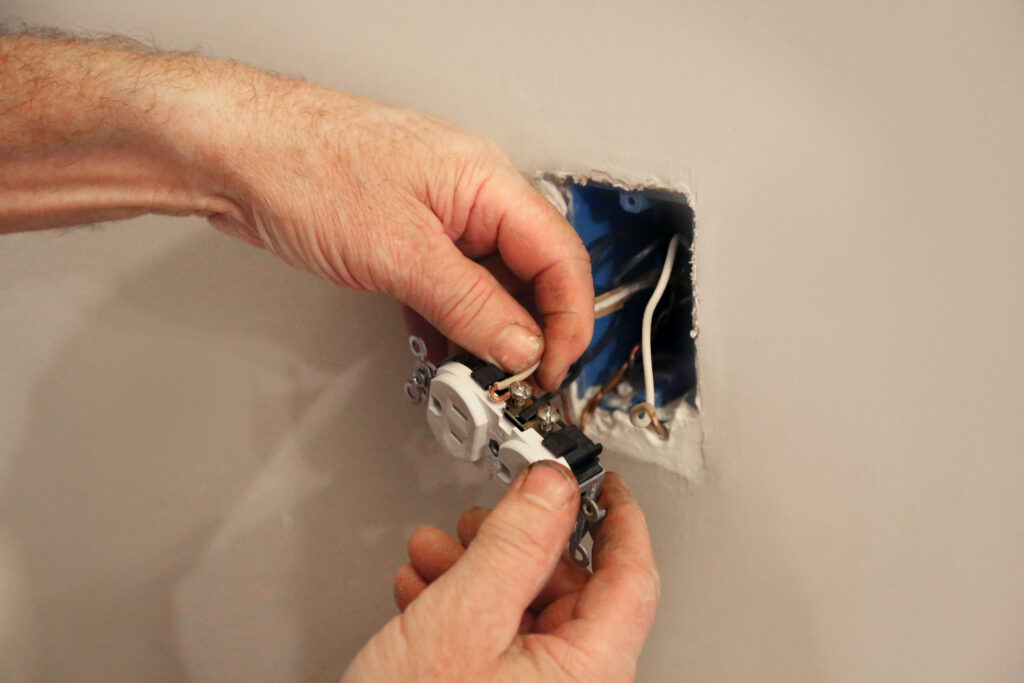
How to Identify Wires to Install a Switch or Outlet
Installing a switch or an outlet might seem daunting, especially if you’re unfamiliar with electrical wiring. However, with the right knowledge and a careful approach, you can safely and efficiently complete the task. This guide will walk you through the steps to identify the wires in your electrical system to install a switch or an outlet.
Understanding Electrical Wiring Basics

Before diving into the identification process, it’s essential to understand the basic types of wires you’ll encounter:
- Hot Wires (Live Wires): Usually black or red, these wires carry electrical current from the power source to the outlet or switch.
- Neutral Wires: Typically white, these wires carry the current back to the power source, completing the circuit.
- Ground Wires: Often bare copper or green, these wires are safety features that provide a path to the ground in case of a short circuit.
- Traveler Wires: Found in three-way switch setups, these can be red or black and are used to connect switches controlling the same fixture.
Safety First
Before working on any electrical project, turn off the power at the circuit breaker panel to avoid the risk of electrical shock.
Even after turning off the power, use a voltage tester to ensure no current is flowing through the wires.
If you’re ever in doubt, please contact a professional for assistance.
Tools You’ll Need
- Voltage tester
- Wire strippers
- Screwdrivers
- Electrical tape
- Needle-nose pliers
Steps to Identify Wires
Step 1: Access the Wiring
Remove the faceplate and screws holding the existing switch or outlet in place. Carefully pull out the switch or outlet from the electrical box to expose the wires. Take note of the wire arrangement before disconnecting anything.
Step 2: Identify the Hot Wire
Using a voltage tester, touch each wire. The hot wire will be the one that makes the tester light up or beep when the power is on. This wire typically connects to the brass or gold-colored terminal on the switch or outlet.
Step 3: Identify the Neutral Wire
The neutral wire is generally white and connects to the silver terminal. It carries the current back to the electrical panel.
Step 4: Identify the Ground Wire
The ground wire is either green or bare copper and connects to the green screw or terminal. This wire is crucial for safety, as it helps prevent electric shocks by directing stray electricity into the ground.
Step 5: Identify Traveler Wires (for Three-Way Switches)
In a three-way switch setup, you’ll find traveler wires. These are usually red or black and connect between switches controlling the same light fixture. They are not hot or neutral but carry current between switches.
Installing the Switch or Outlet

-
Connect the Wires:
- Switch: Connect the hot wire to the common terminal (usually darker), and the other wires (including travelers for three-way switches) to their respective terminals.
- Outlet: Connect the hot wire to the brass terminal, the neutral wire to the silver terminal, and the ground wire to the green terminal.
-
Secure the Connections:
- Ensure all connections are tight and secure.
- Use wire nuts to cap any unused wires.
- Wrap electrical tape around the terminals for added safety.
-
Reassemble the Fixture:
- Carefully tuck the wires back into the electrical box.
- Secure the switch or outlet with screws.
- Replace the faceplate.
-
Restore Power:
- Turn the power back on at the circuit breaker.
- Test the switch or outlet to ensure it’s working correctly.
Conclusion
Identifying wires for installing a switch or outlet is a manageable task if you follow these steps carefully and prioritize safety. Understanding the role of each wire type and using the right tools will help you complete your electrical project successfully. If you ever feel unsure or encounter unexpected issues, don’t hesitate to consult a professional electrician. Your safety is paramount, and professional guidance can ensure your installation is done correctly and safely.
See our YouTube channel for more educational materials.
Thank you for the good writeup It in fact was a amusement account it Look advanced to far added agreeable from you However how could we communicate